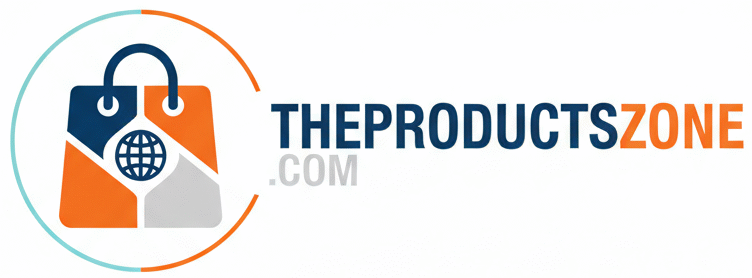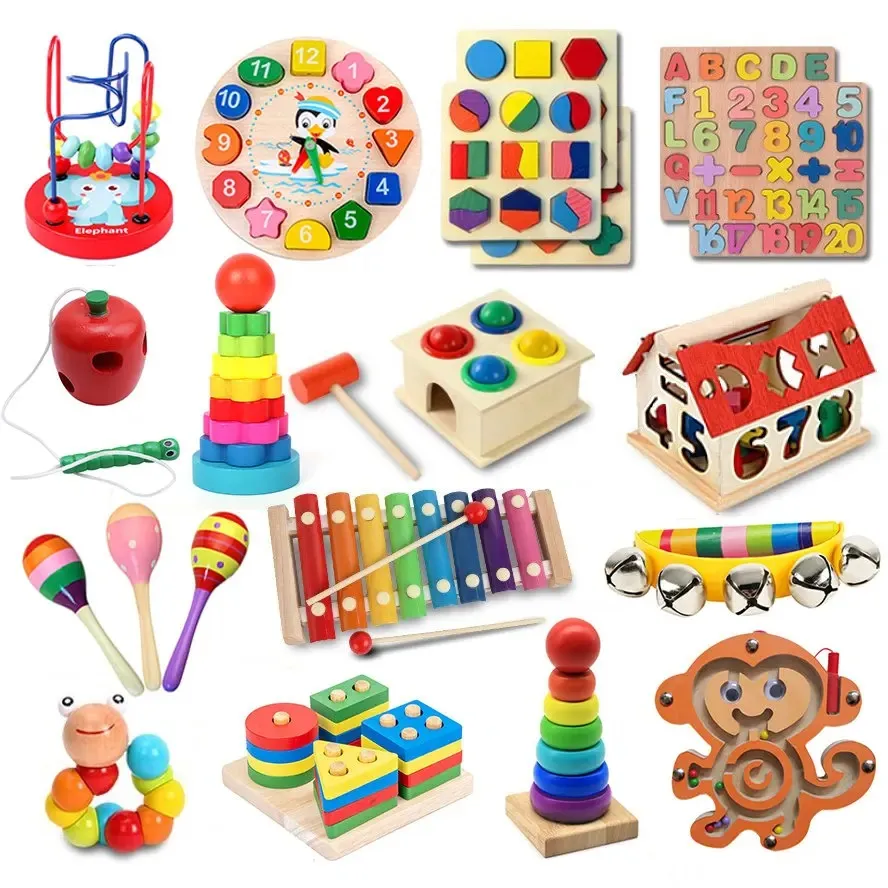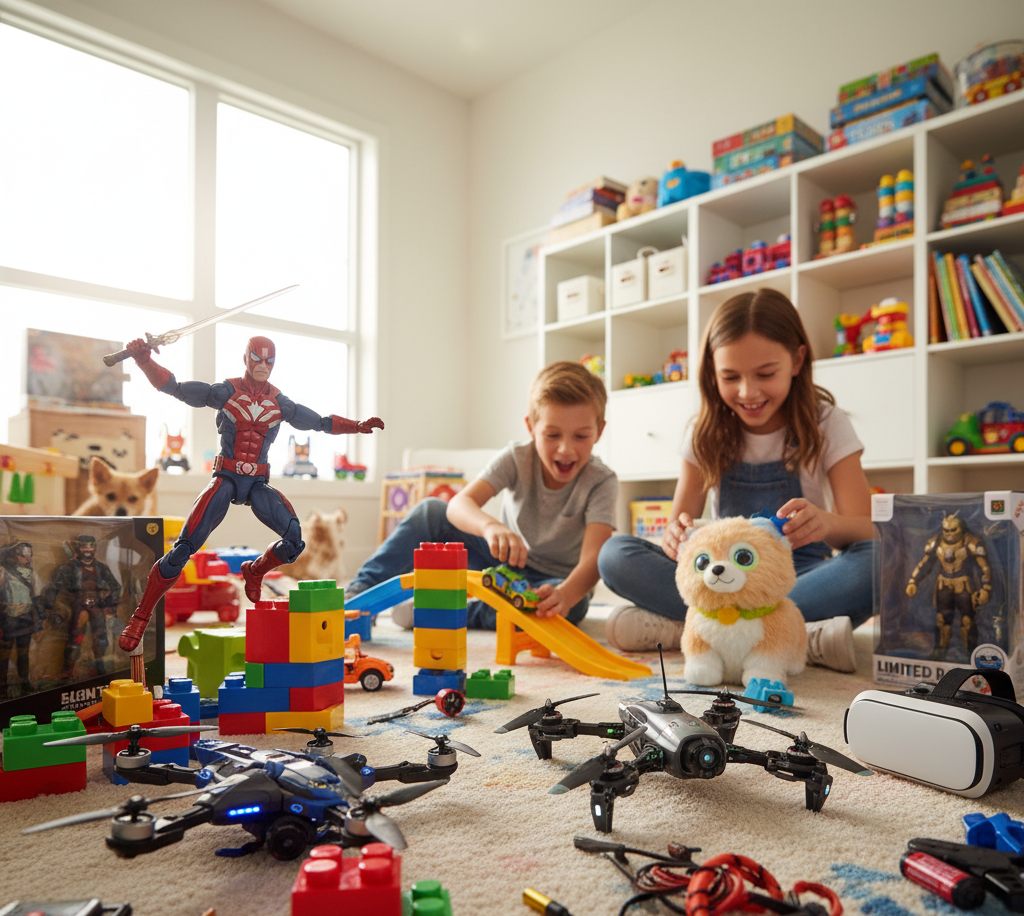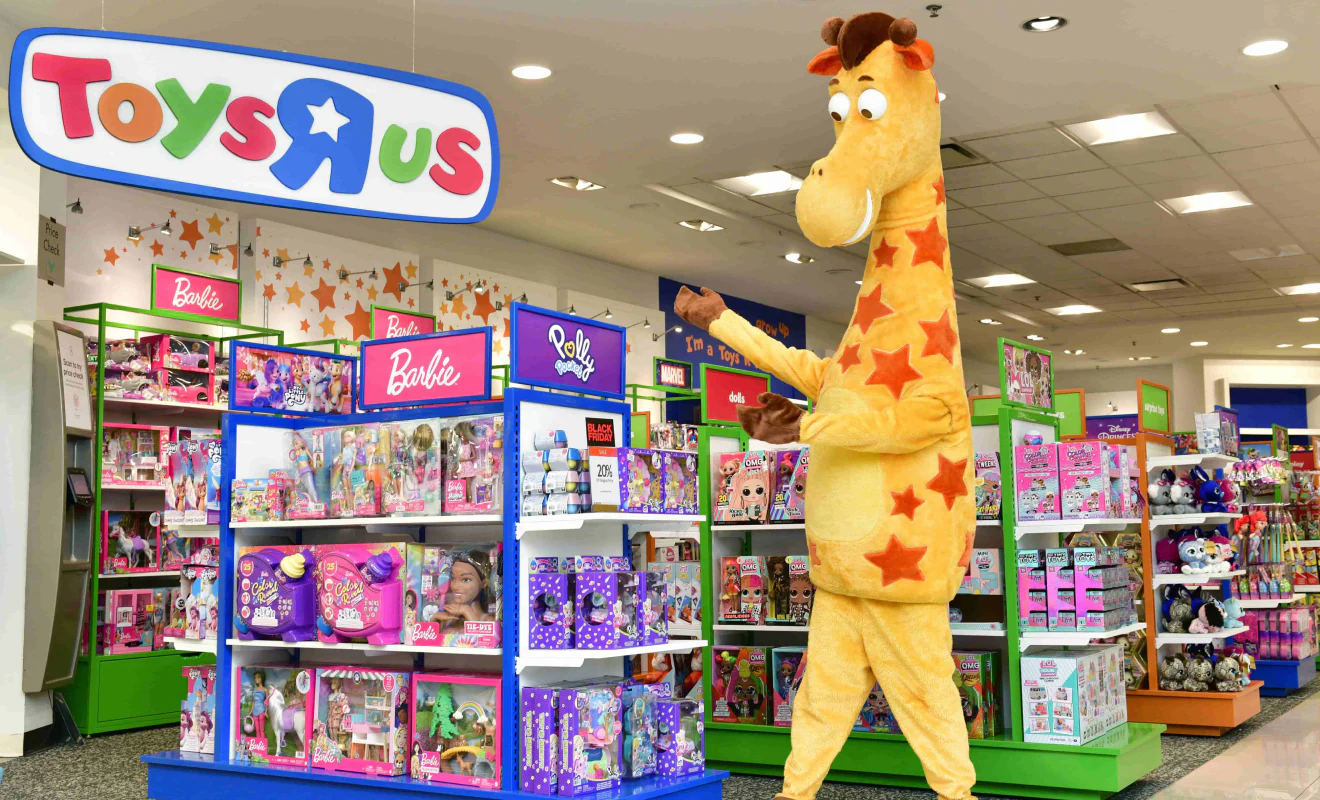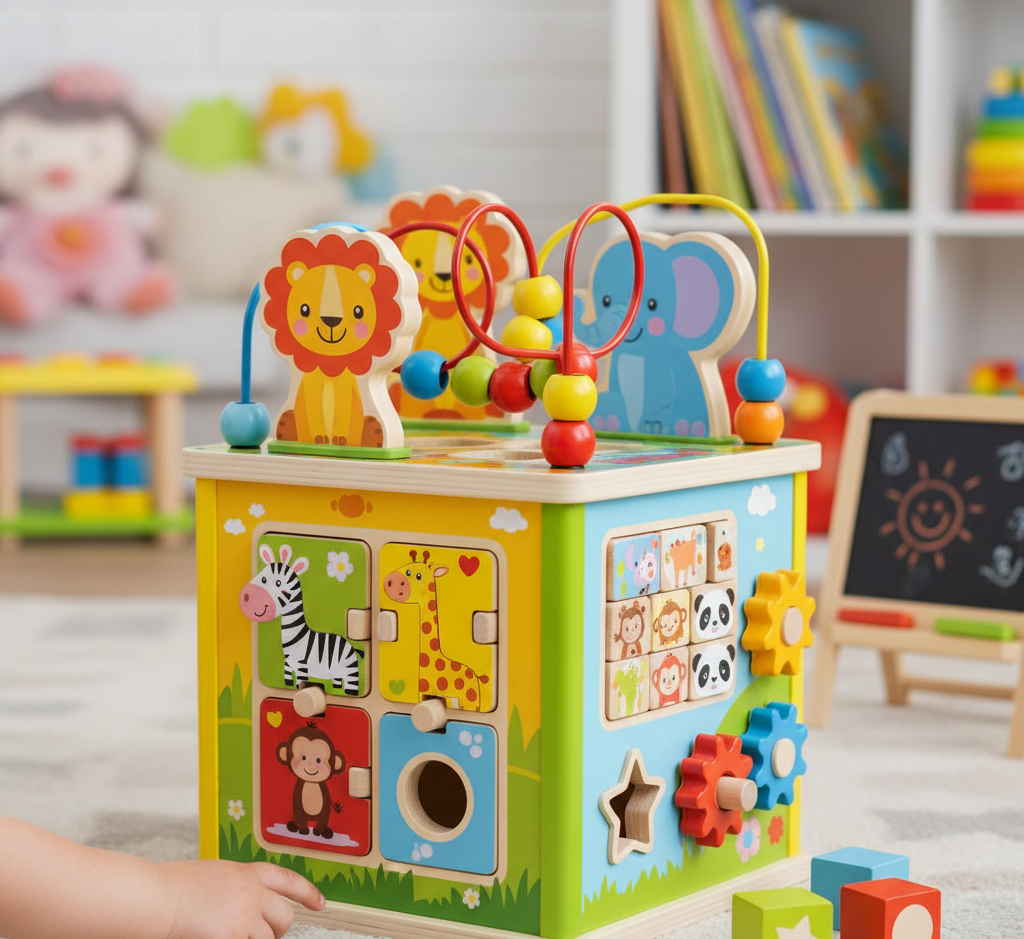If you’ve been searching for toys that go beyond simple entertainment, you’ve probably come across Montessori toys. These aren’t just playthings—they’re tools designed to nurture independence, creativity, and problem-solving skills in children. Unlike flashy gadgets that light up and beep, Montessori toys focus on simplicity, natural materials, and purposeful play.
So, what exactly makes them special, and how can they help your child’s development? Let’s dive in.
What Are Montessori Toys?
Montessori toys are based on the educational philosophy of Dr. Maria Montessori, who believed that children learn best through hands-on experiences. These toys are designed to:
-
Encourage independent exploration
-
Build fine motor skills
-
Foster concentration and problem-solving
-
Be made from natural, safe materials like wood or fabric
In short, Montessori toys are intentional, open-ended, and educational—helping kids learn while they play.
Benefits of Montessori Toys
Parents and educators love Montessori toys for a reason. They provide multiple benefits that support a child’s growth:
-
Promote Independence – Kids learn to play without relying on adult guidance.
-
Boost Creativity – Open-ended toys spark imagination rather than giving step-by-step instructions.
-
Encourage Focus – Simple, uncluttered designs help children concentrate longer.
-
Enhance Motor Skills – Activities like stacking, threading, or sorting improve coordination.
-
Teach Real-Life Skills – Many toys mimic everyday activities like cooking, cleaning, or gardening.
Popular Types of Montessori Toys
1. Wooden Blocks
Classic, durable, and versatile, wooden blocks allow kids to build, balance, and experiment with gravity.
2. Sorting and Stacking Toys
These toys teach shape recognition, problem-solving, and hand-eye coordination.
3. Practical Life Sets
Miniature cleaning kits, kitchen tools, or gardening sets help children practice real-world skills.
4. Puzzles
Simple wooden puzzles sharpen memory, patience, and problem-solving skills.
5. Sensory Toys
Items like texture boards, sand trays, or musical instruments engage multiple senses at once.
How to Choose the Right Montessori Toys
Not all toys marketed as “Montessori” truly follow the philosophy. Here’s what to look for:
-
Natural materials (wood, cotton, metal) over plastic
-
Simple design without flashy lights or sounds
-
Age-appropriate challenges that encourage growth
-
Encourages independence rather than passive play
FAQs About Montessori Toys
Q1. What age are Montessori toy for?
They’re designed for children from infancy through early childhood, but the type of toy should match developmental stages.
Q2. Are Montessori toy expensive?
Not always. While some are pricier, many affordable wooden or handmade toys fit the Montessori approach.
Q3. Can I use regular toys instead of Montessori toy?
Yes, but Montessori toy are specifically designed to promote hands-on learning and independence, making them more purposeful.
Q4. Where can I buy Montessori toy?
You can find them online (Amazon, Etsy) or at specialty educational stores. Always check reviews for authenticity.
Q5. Do Montessori toy replace traditional learning?
No—they complement education by encouraging active play and practical skill development.
Conclusion
Montessori toys aren’t about flashy entertainment—they’re about giving children the tools to explore, imagine, and grow independently. By focusing on simplicity, natural materials, and purposeful play, these toys create a foundation for lifelong learning.
